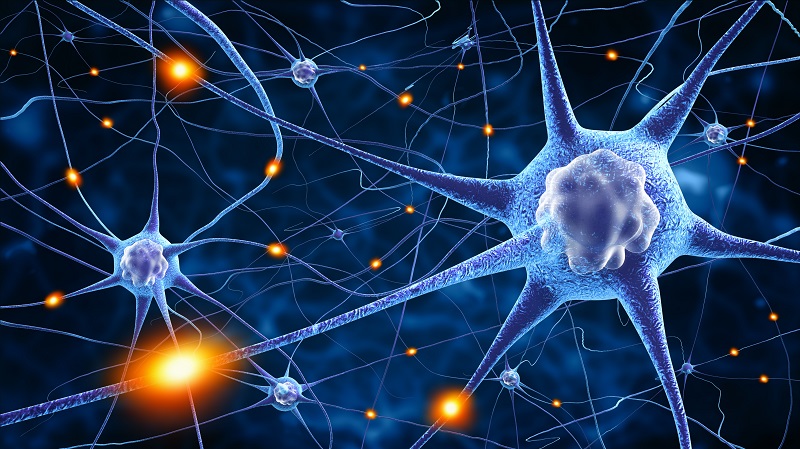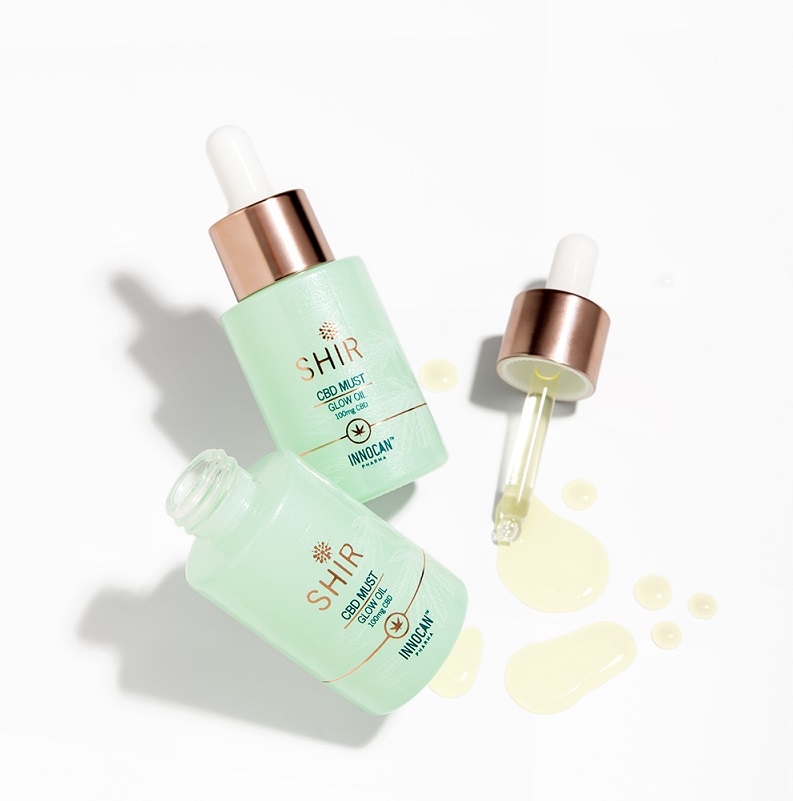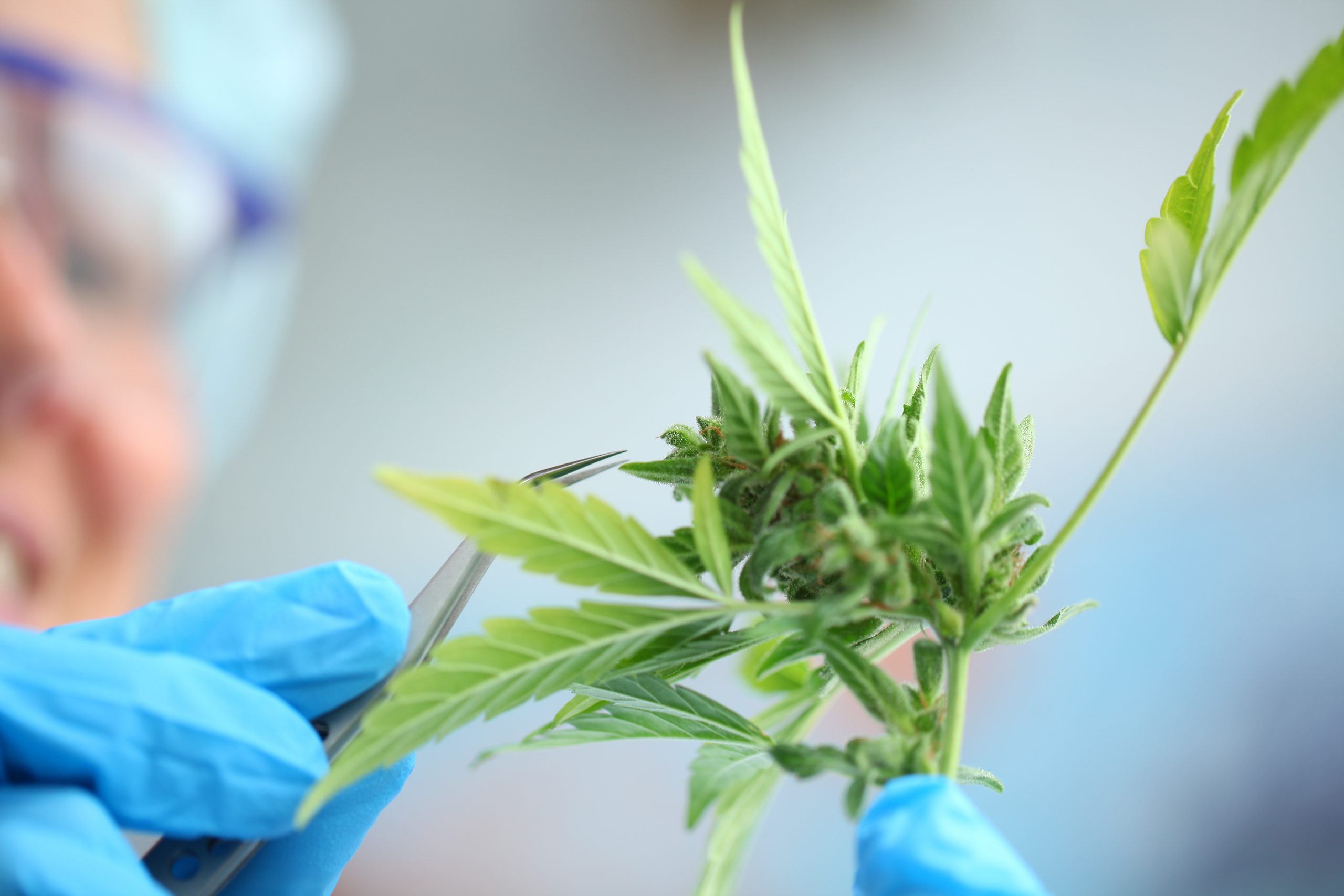Role of Ionotropic Cannabinoid Receptors in the Body

Our human body runs on numerous different responses of the immune and nervous system. In pharmacology, human receptors are essentially chemical structures, most commonly composed of proteins. These protein structures work as a transducer to receive signals from targeted areas and send these signals to the many biological systems present in our body. These signals play a crucial role in immunotherapy and other immune responses of the body.
Now, the human body is made up of numerous such receptors scattered all through our nervous system. Moreover, there are also different kinds of receptors present in our body. One such type is the ionotropic receptor.
Ionotropic receptors are protein structures that are membrane-bound. They are ligand-gated ion channels and respond to ligand binding. When a ligand is received at the sight of these ionotropic receptors, it binds to the protein structure. Upon binding, an ion channel is triggered, which allows certain ions to flow into the cell. These ions could be any – magnesium, sodium, potassium, calcium, and more. It depends on the type of ionotropic receptor we are dealing with. Once an ion channel is set up and ions begin to flow into the cell, the likelihood of a certain action potential is either increased or decreased. It is this response that further integrates with a biological system to bring about immune responses in a person.
Now, ionotropic receptors in different parts of the body are termed differently. The ionotropic receptors present in the body’s endocannabinoid system (ECS) are called ionotropic cannabinoid receptors. Like any other receptors, the ionotropic cannabinoid receptors play some very specific functions and interact in different ways to bring about a certain change in the human body. It is with these ionotropic cannabinoid receptors that cannabidiol in CBD products like pain relief creams, pain relief oils, pain relief sprays, pain relief roll-ons, anti-aging facial serums, glow oils, eye serums, CBD body oils, facial serums, face oils, and anti-acne creams interact to bring about either an inhibitory or excitatory effect. To be able to understand how certain medical conditions can be treated better, it is important to understand the role of ionotropic cannabinoid receptors. Here is a detailed and comprehensive view of the same.
How ionotropic cannabinoid receptors affect the human body
When we talk about cannabidiols, we mostly refer to it in terms of its interactions with the endocannabinoid system. However, here, we are going to talk about exactly which part of the endocannabinoid system it interacts with. There are essentially two types of mechanisms in our body – ionotropic and metabotropic. The main difference between ionotropic and metabotropic receptors is that while immune responses brought about by ionotropic receptors mostly affect the immediate area of the receptor, immune responses brought about by metabotropic receptors have a more widespread range. Plus, metabotropic receptors do not form an ion channel either. Now, cannabidiol in CBD products interacts with both of these receptors. While evidence suggests that cannabidiols mostly interact with the metabotropic receptors to bring about immune responses, recent research has found out that they also interact with ionotropic receptors.
A 2008 study published in the Trends in Pharmacological Sciences journal identifies five major ionotropic cannabinoid receptors. These include:
- TRPV1
- TRPV2
- TRPV4
- TRPM8
- TRPA1
All of these five ionotropic cannabinoid receptors are members of the transient receptor potential channel family or TRP channel family. Now, these five ionotropic cannabinoid receptors are actively involved in numerous bodily processes, including homeostasis, skin inflammation, inhibition of painful stimuli, itch perception, temperature determination, and more. With the administration of CBD products in the human body, the cannabidiol in them can interact with the ionotropic cannabinoid receptors, which can then be differently regulated to bring relief from numerous different medical conditions.
Ionotropic cannabinoid receptors and serotonin
One of the first interactions by ionotropic cannabinoid receptors was found with serotonin. Serotonin is a hormone that affects several physiological and biological processes in our body. These include body temperature, blood pressure, and sleep patterns. Now, when cannabidiol interacts with ionotropic cannabinoid receptors in our endocannabinoid system, it has a high potential to affect all of these physiological processes. A 2012 study published in Neuropharmacology suggests that the interaction of CBD with the TRPV1 channel can help regulate several stress disorders. This means that the cannabidiol interacts with the ionotropic cannabinoid receptors to help regulate sleep patterns and relieve symptoms of other stress-related disorders such as anxiety, depression, and more. This effect is brought about by the production of serotonin upon cannabidiol’s interaction with the ionotropic cannabinoid receptors.
The same interactions have also been shown to produce regulatory effects in terms of blood pressure. When CBD is introduced into the body’s system, it interacts with the ionotropic cannabinoid receptors to help regulate blood pressure. This is a tremendously beneficial effect when it comes to dealing with cardiovascular conditions such as the risk of heart attack, hypertension, and more. The most common ways CBD is administered to bring about interactions concerning serotonin are CBD edibles, pills, and capsules. These are consumed like any other tablet. Patients who find it problematic to take medicines orally generally use oromucosal or intranasal methods. These include oral sprays, nasal sprays, tinctures that are placed under the tongue, CBD vape pens, CBD nebulizers, and more. Other ways of administering CBD also include CBD patches and CBD topicals. For both of these, the patient simply needs to apply them on their skin, sit back and relax, and let the cannabidiol do its job.
Ionotropic cannabinoid receptors and pain and inflammation inhibition
The interaction of cannabidiols with ionotropic cannabinoid receptors can bring about the desensitization of TRPA1 and TRPV1 channels. These channels are responsible for pain and inflammation stimulus in our bodies. When CBD products bring about an inhibition of these processes by interacting with ionotropic cannabinoid receptors, it offers relief to patients suffering from a wide variety of medical conditions. The first and foremost in this domain is the pain and inflammation felt by patients suffering from arthritis. The weak and inflamed joints can cause a great deal of pain in the patients, even inhibiting their daily movements. The cannabidiol in CBD products such as pain relief creams, pain relief oils, pain relief sprays, and pain relief roll-ons interacts with the ionotropic cannabinoid receptors to offer analgesic results. These analgesic results are brought about by the inhibition of nociceptors. Nociceptors are sensory receptors that offer pain stimuli. By producing inhibitory effects in relation to these receptors, CBD can offer relief from pain and inflammation.
Other than arthritis, there are several other medical conditions associated with pain and inflammation that can be treated with CBD’s interaction with ionotropic cannabinoid receptors. These include temporomandibular joint (TMJ) disorders, Epidermolysis bullosa, Corneal Hyperalgesia, and more. In temporomandibular joint (TMJ) disorders, the joint between the skull and the lower jaw becomes inflamed, resulting in a great deal of pain and inhibited functions such as issues with speaking, eating, smiling, etc. Epidermolysis bullosa is a condition where even the most minor friction experienced by the skin can result in painful blisters. Lastly, Corneal Hyperalgesia is a condition where the cornea of the eyes gets severely inflamed due to relatively non-harmful external stimuli. In all of these cases, hyperalgesia is a common factor. All of these issues can be relieved to a certain extent by the use of CBDs.
Ionotropic cannabinoid receptors and skincare
Another super crucial involvement of the transient receptor potential channel family or TRP channel family is with the body’s cutaneous processes. Cutaneous processes are all processes associated with the skin. Some of the most important cutaneous processes involve maintenance of homeostasis in the body, regulation of sebaceous glands, maintenance of dermatitis, and protection of hair follicles. Regulation of sebaceous glands is a very important cutaneous process in the human body. Overstimulation of sebocytes (cells that make up the sebaceous glands) can result in excessive production of sebum in our skin and scalp. This leads to the accumulation of sebum in our pores, which then get clogged. The clogging and resulting inflammation of the sebocytes can result in numerous problematic skin problems such as severe acne, dermatitis, eczema, psoriasis, and more.
A 2014 study published in the Journal of Clinical Investigation found that CBD showed both anti-inflammatory and sebostatic effects on human sebocytes. When CBD interacts with the ionotropic cannabinoid receptors in our body, they help regulate the overstimulation of sebocytes and keep dermatitis under check. This enables patients to regulate sebum production in their body and relieve the symptoms of these skin conditions. Several other studies have also shown regulatory effects in acne inflammation patients. Other than these skin conditions, ionotropic cannabinoid receptors also play an important role in dealing with bacterial and fungal infections. The interaction of cannabidiol with ionotropic cannabinoid receptors brings about homeostasis maintenance, thus enabling the patient to get some relief from the infection.
Since ionotropic cannabinoid receptors play a crucial role in the regulation of sebaceous glands, they are also vital in dealing with skin issues such as dull skin, fine lines, wrinkles, dark spots, blackheads, inflamed skin, sunburns, and more. Numerous CBD-based skincare products such as anti-aging facial serums, glow oils, eye serums, CBD body oils, facial serums, face oils, and anti-acne creams can be used to keep the sebaceous glands under check and get relief from the skin condition. Even for other skin problems like dermatitis, eczema, psoriasis, and more, CBD topicals are preferred as a form of treatment. Since they are directly applied to the target area, they offer quick results in the immediate area.
Ionotropic cannabinoid receptors and neurodegenerative diseases
Ionotropic receptors are also responsible for the maintenance of the human brain’s cognitive strength. Intercellular communication, the release of neurotransmitters, regulation of membrane potential, the release of several hormones, and propagation of action potentials are critical processes managed by ionotropic cannabinoid receptors. An imbalance or irregularity in any of these processes can lead to severe cognitive impairment and the advancement of neurodegenerative diseases. These diseases directly affect a person’s memory, planning, judging, and reading skills, cognitive assessment, movement and coordination, muscular strength, and more. Some of the most common conditions resulting from this include Alzheimer’s diseases, Parkinson’s disease, vascular dementia, Huntington’s disease, Creutzfeldt-Jakob Disease, Korsakoff Syndrome, and several other types of dementia.
With advanced research and development in this domain, it has been found that CBD products are impressively potent in relieving the symptoms of such neurodegenerative diseases. They interact with the ionotropic cannabinoid receptors and regulate them to carry out their functions properly. This helps in maintaining neural health and prevents any toxic degeneration of neurons from taking place. If any irregularity caused by the ionotropic cannabinoid receptors is not brought under check, the neurodegenerative disease can advance to severe levels of toxicity. In these cases, a wide variety of CBD products such as pills, capsules, edibles, oromucosal, intranasal, tinctures, CBD patches, and CBD topicals are used.
Conclusion
There are numerous physiological, neurological, and biochemical processes that take place in our body every second. Several moving parts are essential in carrying out each of these processes successfully. Any disruptions or irregularities, even of the slightest magnitude, can cause many problems. These issues can range from mild medical conditions like disrupted sleep patterns and dull skin to severe medical conditions such as depression, anxiety, several types of dementia, severe acne, dermatitis, and even cancer. In the vast magnitude of a complex and interconnected endocannabinoid system, ionotropic cannabinoid receptors play a crucially important role in maintaining the state of your health at top-notch quality.
CBD is an important alternative medicine that can effectively help in maintaining the steady functioning of the ionotropic cannabinoid receptors. They interact directly with these ionotropic cannabinoid receptors and enable the proper functioning of several resulting processes and reactions. Since the endocannabinoid system is such a delicate network, it is very important to take care of it properly. Without the proper functioning of ionotropic cannabinoid receptors, your body is put at the risk of several diseases, as mentioned above. If you are looking to deal with any of these medical conditions associated with an irregularity in the ionotropic cannabinoid receptors, consult your doctor and speak to them about using CBD products.
More articles:










